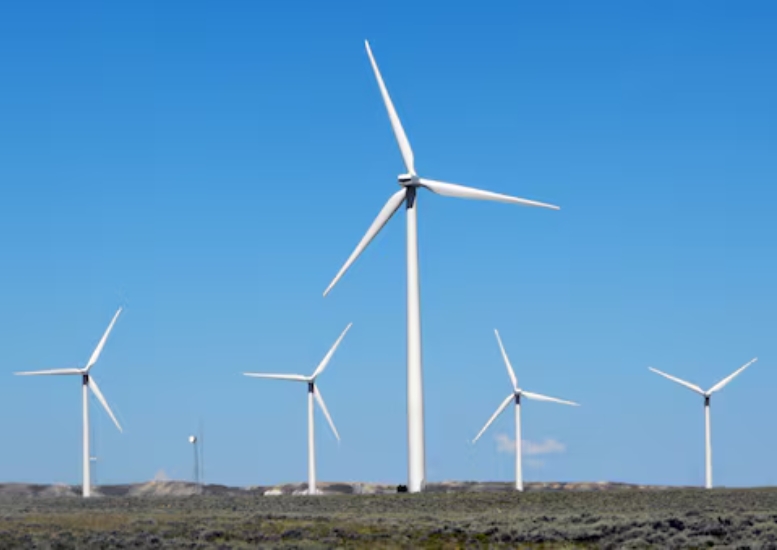
"This would allow offshore wind transmission to provide energy to areas of high demand and reduce grid congestion, increase system reliability, lower curtailment, and flow power from lower-price regions to higher price regions, reducing costs for consumers," DOE said in the release citing the Atlantic Offshore Wind Transmission Study, opens new tab.
The study noted that after 2030, strategically linking wind energy projects via offshore transmission networks will help lower electricity production costs and reduce dependence on fossil fuels.
Offshore wind energy is projected to be a key part of achieving a low-carbon future for Atlantic states and offshore transmission networks contribute to grid reliability by enabling resource adequacy and helping manage the unexpected loss of grid components, the DOE added in the release.
"Offshore wind energy is already powering more than one hundred thousand homes along the east coast, with the potential to grow and further enhance grid reliability and reduce even more fossil fuels," said U.S. Secretary of Energy Jennifer M. Granholm.
The findings from the study support the government's goal of reaching 30 gigawatts of offshore wind energy by 2030 and unlocking a pathway to 110 GW or more by 2050.
Last year, U.S. President Joe Biden’s goal to deploy 30,000 megawatts of offshore wind along U.S. coastlines this decade was seen unattainable due to soaring costs and supply chain delays, according to forecasters and industry insiders.
DOE had said earlier that U.S. needs to more than double the capacity of power grid to realize President Joe Biden's climate goals, including reaching 100% clean electricity by 2035.